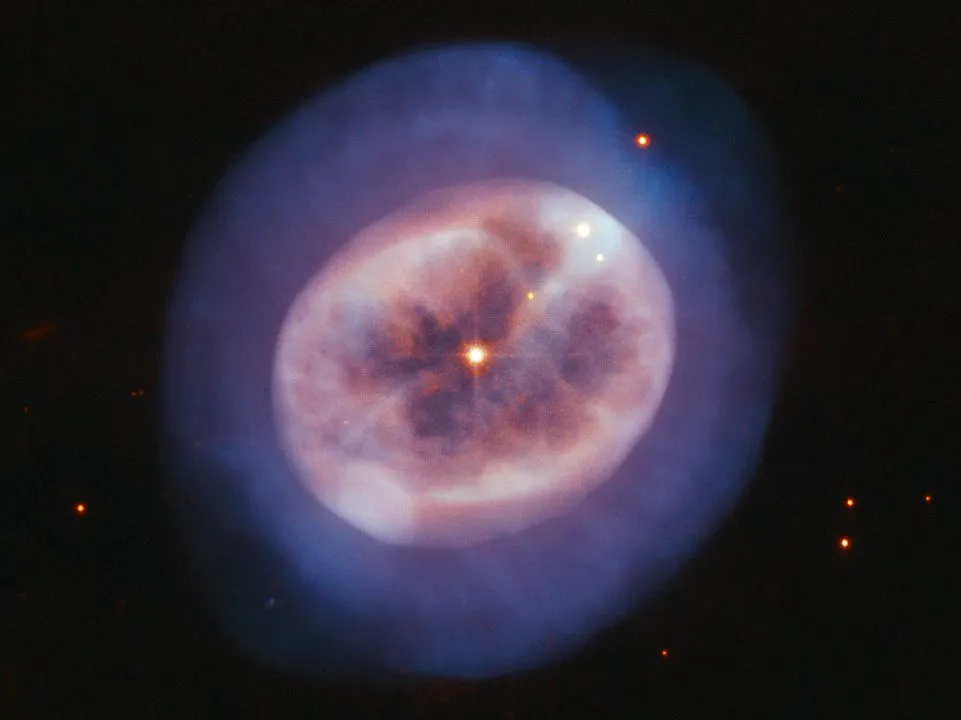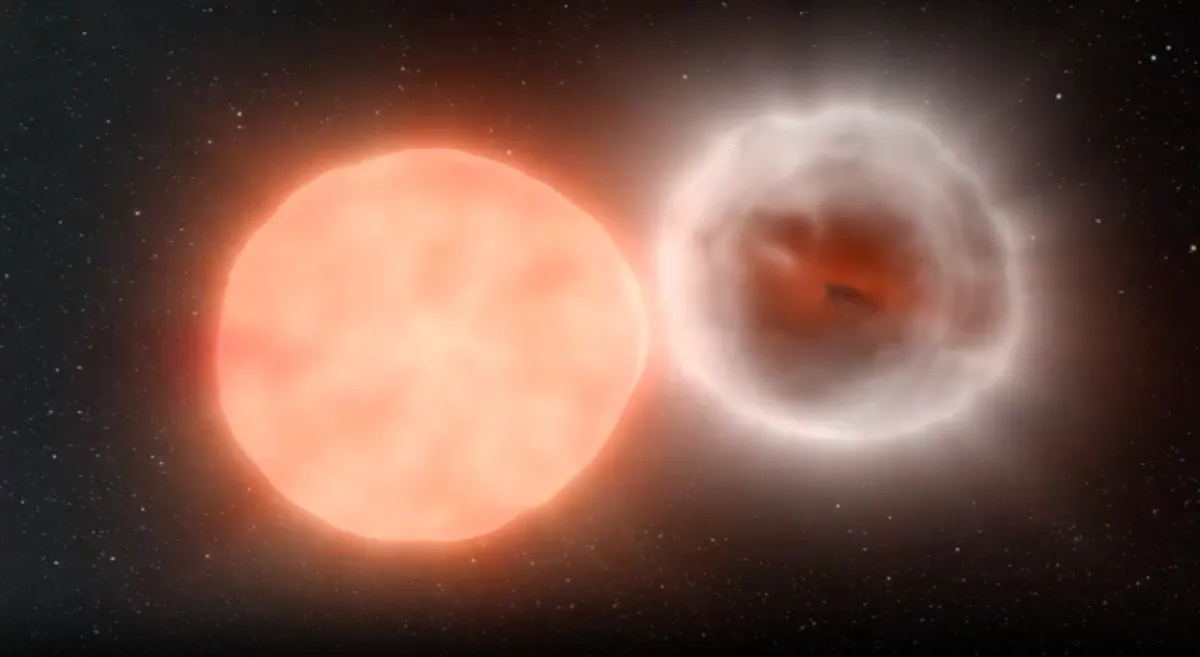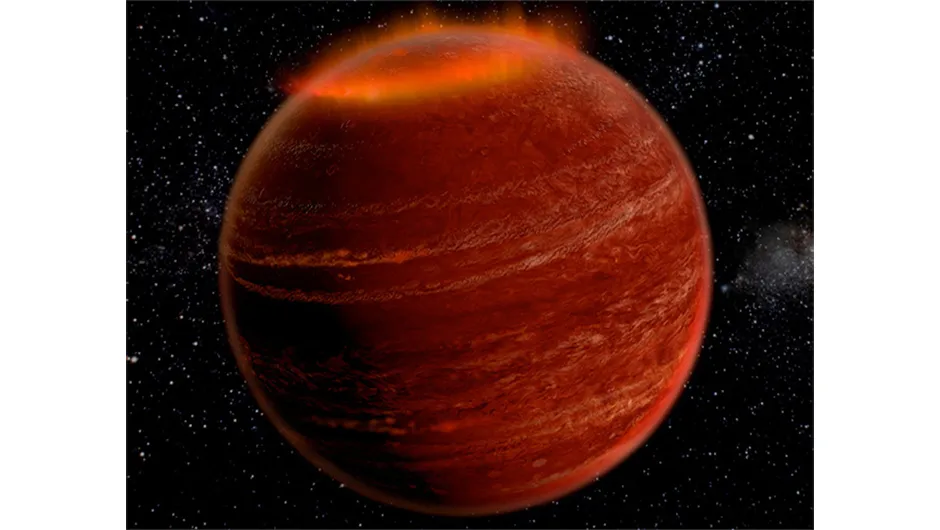In a nutshell, a black dwarf is a star that’s very, very old.
That sounds nice and simple, doesn’t it?
But nothing’s ever simple in space, and what complicates the picture somewhat here, is that to become a black dwarf, a star would need to have been around for longer than the Universe has been in existence.
Better to say, then, that a black dwarf is an entirely hypothetical star that’s very, very old, older than the current age of the Universe itself.
Or at least will be, one day.

How a black dwarf star forms, in theory
Let’s rewind a little and look at what happens to stars as they age.
The largest stars will swell up into a red supergiant, go bang in a Type II supernova and leave a black hole or neutron star behind when they’re gone.
Smaller stars like our own Sun will swell up into a red giant, then shed their outer layers to form a planetary nebula, leaving behind a white dwarf.

White dwarfs are extremely dense – they’re about the size of Earth, but with the mass of the Sun.
They’re also very hot when they first form but cool down gradually over time.
Eventually a white dwarf will cool down so much it no longer emits any light or radiation at all, which is when it becomes a black dwarf star.
Except that, as explained above, that hasn’t actually happened anywhere yet.
Other dwarf stars

Just to complicate the picture a little further, white and black dwarfs should not be confused with brown, yellow or red dwarfs.
Brown dwarfs are stars that never quite achieved nucleur fusion.
Larger than a gas giant, smaller than a star, these unloved blobs are scattered throughout the Universe, not doing anything very much.
A ‘yellow dwarf’ is a popular nickname for G-type main sequence stars like our own Sun or Alpha Centari B.
And a red dwarf is the smallest and coolest category of main sequence stars.

